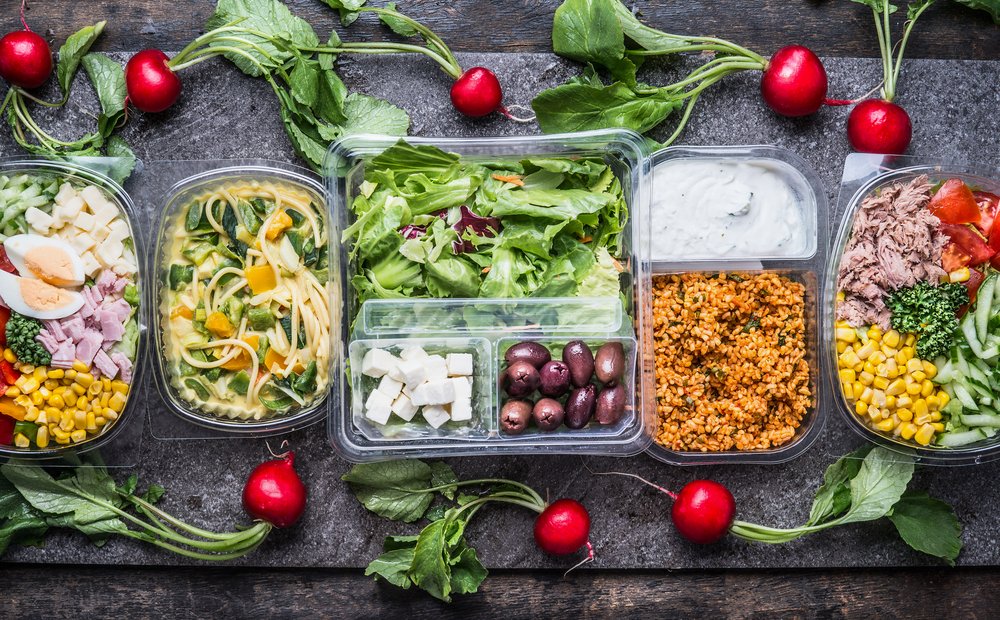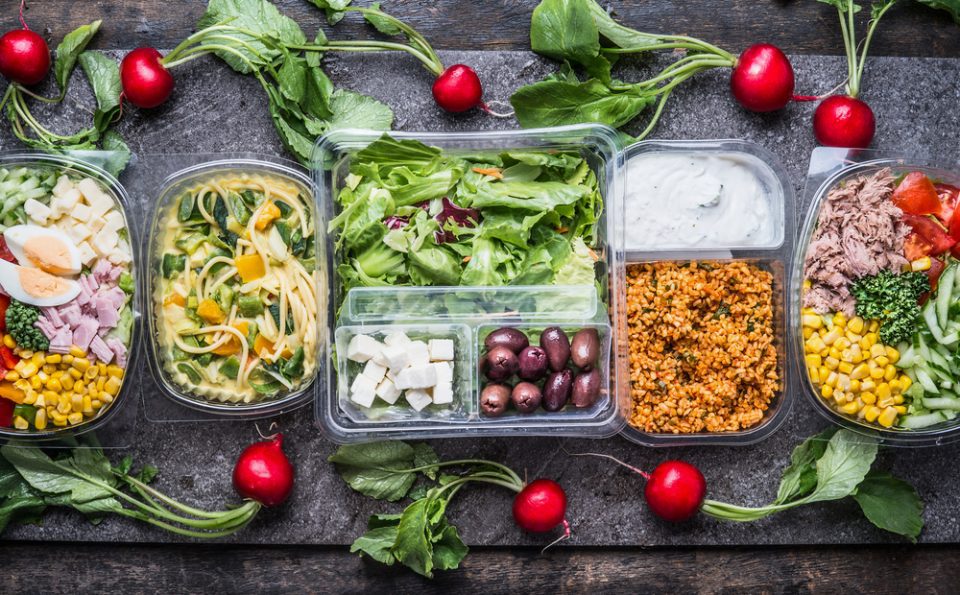Shocking dangers lurking in packaging containers

Shocking dangers lurking in packaging containers

Recent scientific investigations have uncovered disturbing evidence linking common food packaging materials to increased breast cancer risk, prompting renewed scrutiny of everyday storage containers. This breakthrough research identifies numerous potentially harmful chemicals that may contribute to rising cancer rates, particularly among younger women.
The evolving landscape of breast cancer
Breast cancer statistics paint a concerning picture of modern health challenges. While improved medical interventions have reduced mortality rates significantly, the increasing incidence of diagnoses, especially among younger demographics, raises alarming questions about environmental factors.
In recent years, younger women have seen a rise in breast cancer diagnoses, leading experts to look beyond genetic predispositions to other possible causes. Environmental factors such as chemical exposure, including those from food packaging, have become a focal point in this search for answers. Though many factors contribute to the risk of developing breast cancer, the potential role of common household items, such as food packaging, cannot be ignored.
Groundbreaking research findings
A comprehensive study published in Frontiers in Toxicology has identified an unprecedented number of potentially harmful chemicals in food packaging. The investigation revealed 189 distinct chemicals with potential carcinogenic properties, with 76 of these substances capable of migrating from packaging materials into food products.
The alarming aspect of this research is the frequency with which chemicals in food packaging materials migrate into the food itself. This process is more common than many realized, and certain factors, such as heat or long periods of storage, can increase the transfer of harmful chemicals into food. While many of these substances have been present in food packaging for decades, their potential to impact health is only now coming under serious scrutiny.
Understanding chemical migration
The research demonstrates that chemical transfer from packaging to food occurs more frequently than previously recognized. This process accelerates under certain conditions, including exposure to heat, prolonged storage periods, and specific food compositions.
When food comes into contact with packaging materials, certain chemicals—such as phthalates, bisphenol A (BPA), and perfluorinated chemicals—may leach into the food over time. These substances are commonly used in the production of plastic, glass, and other types of packaging. Exposure to these chemicals, particularly when the packaging is heated or subjected to long-term storage, may significantly increase the risk of developing health problems, including cancer.
Material-specific concerns
Different packaging materials present varying levels of risk based on their chemical composition and interaction with food products. Plastic packaging emerges as particularly concerning, containing the highest concentration of potentially harmful substances.
Plastic packaging, often made from polyethylene, polyvinyl chloride (PVC), and other materials, is notorious for leaching chemicals into food. These chemicals, particularly BPA and phthalates, have been linked to hormone disruption, which may contribute to the development of breast cancer.
Glass packaging demonstrates superior safety profiles, showing no evidence of harmful chemical presence or migration. This finding supports traditional packaging methods while raising questions about modern alternatives. As research continues to highlight the dangers of plastic, glass may become a safer, more sustainable option for food storage.
Impact on public health
The implications of these findings extend beyond individual health concerns to broader public health considerations. The widespread use of potentially harmful packaging materials may contribute to observed increases in breast cancer incidence rates.
The study suggests that the cumulative effect of daily exposure to chemicals in packaging materials could be a significant factor in the rising rates of breast cancer, particularly in younger women. As more individuals interact with these materials daily, their exposure to harmful chemicals adds up, presenting an undeniable public health challenge.
Environmental exposure to these chemicals presents a complex challenge, as individuals may encounter multiple substances through various packaging types in their daily lives. This cumulative exposure effect requires careful consideration in risk assessment. It highlights the need for more comprehensive public health initiatives and consumer education around food packaging safety.
Preventive measures and practical solutions
Understanding these risks enables individuals to make informed choices about food storage and consumption. Several practical steps can help minimize exposure to potentially harmful packaging chemicals:
Storage solutions play a crucial role in reducing chemical exposure. Choosing appropriate containers for different foods and storage conditions can significantly impact potential risk levels. Consider replacing plastic containers with alternatives made from glass or stainless steel when possible.
Temperature management becomes particularly important, as heat can accelerate chemical migration from packaging materials into food products. This consideration affects both storage and reheating practices. Avoid reheating food in plastic containers, and consider using safer options, such as glass or ceramic.
Professional perspectives
Health experts emphasize the importance of balanced risk assessment when considering these findings. While the research presents concerning evidence, it represents one factor among many that influence breast cancer risk. Scientists continue investigating the complex relationship between environmental exposures and cancer development. This ongoing research helps refine understanding of risk factors and preventive measures.
Medical professionals acknowledge that while packaging chemicals are a significant concern, they are not the only contributing factor to the rising incidence of breast cancer. Lifestyle choices, genetics, and other environmental exposures also play critical roles in disease development. This multifaceted view underscores the need for a comprehensive approach to cancer prevention.
Future implications
The identification of potentially harmful chemicals in food packaging materials may influence future regulatory decisions and industry practices. Continued research in this field could lead to improved packaging standards and safer alternatives.
Consumer awareness of these findings may drive market changes as individuals seek safer packaging options. This shift could encourage innovation in food packaging technology and materials science, ultimately leading to more sustainable and health-conscious practices across industries.
Comprehensive approach to risk reduction
Addressing concerns about food packaging represents one component of a broader strategy for reducing breast cancer risk. Maintaining overall health through established preventive measures remains crucial:
Regular physical activity continues to demonstrate protective effects against various cancers, including breast cancer. This emphasizes the importance of maintaining an active lifestyle regardless of environmental exposures. In addition, dietary choices extend beyond packaging considerations to include the nutritional value and quality of consumed foods. A balanced approach considers both food content and container safety.
This evolving understanding of food packaging risks highlights the complexity of environmental factors affecting breast cancer development. As research continues, individuals can take practical steps to reduce potential exposure while maintaining perspective on overall health management strategies.
In conclusion, while the findings on the risks of food packaging chemicals are concerning, they serve as a call to action for both consumers and industries to rethink current practices. With greater awareness, safer packaging alternatives can emerge, offering a healthier future for everyone.










